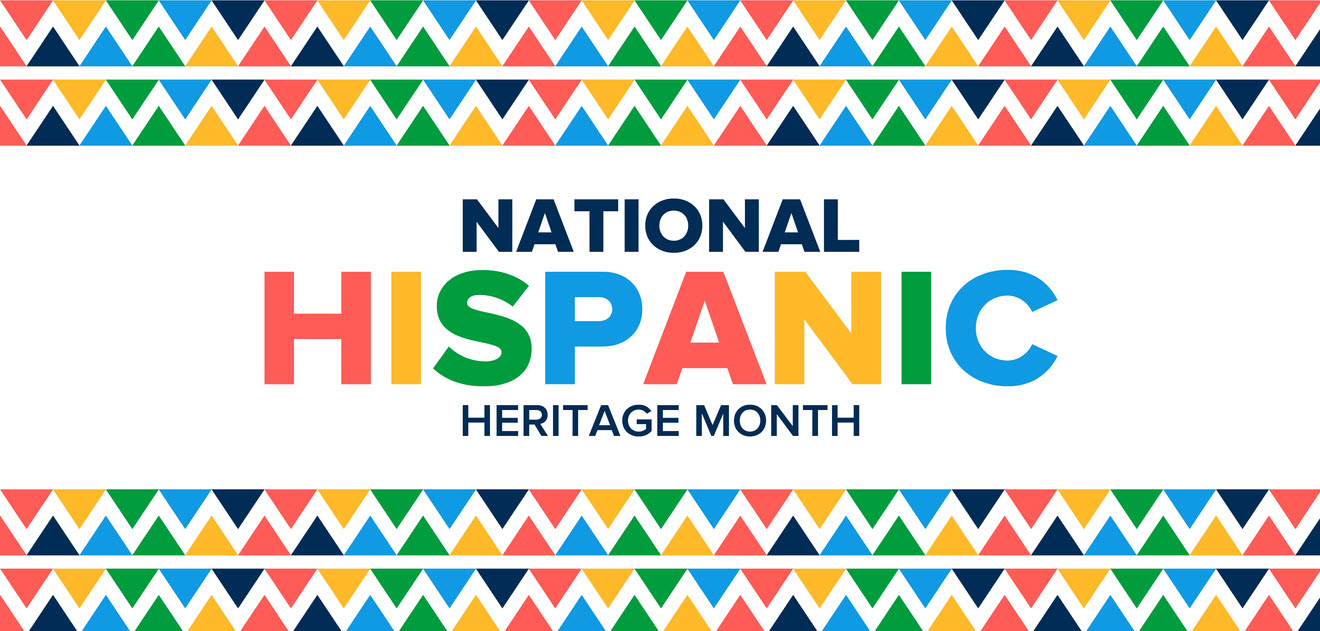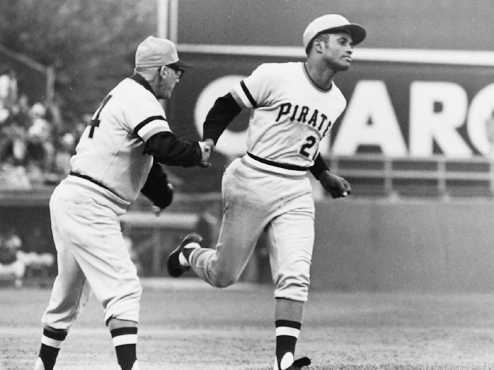| By J. Robert Parks |
Fifty years ago this year, one of the most significant baseball players of his generation died when his plane crashed on a humanitarian mission on December 31, 1972. Roberto Clemente isn’t as well known as the iconic Jackie Robinson, but Clemente’s importance as both a baseball player and a humanitarian cannot be overstated. Like Robinson, Clemente helped open Major League Baseball to a new wave of ballplayers―in this case, Hispanic players from the Caribbean and Latin America. Gale In Context: U.S. History provides a wealth of resources for librarians and teachers that help students understand the history of baseball and especially how Hispanic players became such an integral part of America’s pastime.
Before Robinson broke baseball’s color barrier in 1947, Hispanic players were subject to the same racial restrictions that Black players suffered under. Light-skinned players were allowed to play in the major league, but darker-skinned players were not. The first dark-skinned Hispanic player to play professionally was Minnie Miñoso. Miñoso, who was from Cuba, had first played in the Negro Leagues and then played briefly for the Cleveland Indians in 1949 and again in 1951 before being traded to the Chicago White Sox. Miñoso quickly became a star, selected to play in seven All-Star games over the next 10 years.
Clemente joined the major league a few years after Miñoso. Clemente was born and grew up in Puerto Rico, and he played for the Puerto Rican team Santurce starting at the age of 18, in 1952. Major league scouts were soon coming to Puerto Rico to see him play. The Brooklyn Dodgers hoped to sign Clemente and offered him a $10,000 signing bonus, but the Pittsburgh Pirates were able to draft him, and Clemente made his Pirates debut on April 17, 1955.
Clemente quickly became the Pirates’ best player, batting over .300 for 13 seasons, leading outfielders in assists, consistently hitting for power, and helping the Pirates win the World Series in 1960. Nonetheless, he faced racism and discrimination, to the point where he was introduced at games as Bob Clemente, because Roberto sounded too foreign to some fans. The Americanization of his name rankled him, and he constantly pushed back against companies and organizations, including the Topps baseball card company, for using the nickname instead of his full first name.
Despite his formidable skills, Clemente was often overlooked for various awards and didn’t receive the league’s Most Valuable Player (MVP) award until 1966 even though he won four batting titles over the course of his curtailed career. In 1971, the Pirates again won the World Series, and Clemente was named MVP for his contributions in the series against the Baltimore Orioles.
Clemente was well known for his humanitarian work, spending many off-seasons doing charity work in Puerto Rico and other places. In late December 1972, a terrible earthquake destroyed much of Managua, the capital of Nicaragua. Six thousand people were killed, and a quarter million were left homeless. Clemente helped organize relief efforts for the survivors and was in a plane flying from Puerto Rico to Managua with eight tons of supplies when the plane exploded and crashed. He and four other people on board were killed. Soon after his death, Clemente became the first Hispanic person inducted into the Baseball Hall of Fame.
By 1998, close to 20 percent of major league players were Hispanic, and by 2006, that percentage had risen to almost 30 percent, including some of the most dominant players in baseball, such as Manny Ramirez, Albert Pujols, Pedro Martínez, Felix Hernandez, Sammy Sosa, and David “Big Papi” Ortiz. Miñoso, Clemente, and others from their generation inspired and motivated these younger players to strive for greatness and pursue a spot on a major league roster.
About the Author
J. Robert Parks is a former professor and frequent contributor to Gale InContext: U.S. History and Gale In Context: World History who enjoys thinking about how our understanding of history affects and reflects contemporary culture.


